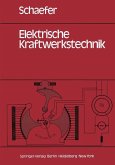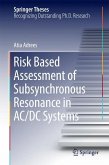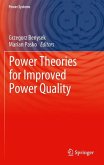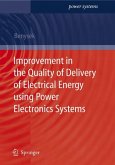The importance of power system reliability is demonstrated when our electricity supply is disrupted, whether it decreases the comfort of our free time at home or causes the shutdown of our companies and results in huge economic deficits.
The objective of Assessment of Power System Reliability is to contribute to the improvement of power system reliability. It consists of six parts divided into twenty chapters. The first part introduces the important background issues that affect power system reliability. The second part presents the reliability methods that are used for analyses of technical systems and processes. The third part discusses power flow analysis methods, because the dynamic aspect of a power system is an important part of related reliability assessments. The fourth part explores various aspects of the reliability assessment of power systems and their parts. The fifth part covers optimization methods. The sixth part looks at the application of reliability and optimization methods.
Assessment of Power System Reliability has been written in straightforward language that continues into the mathematical representation of the methods. Power engineers and developers will appreciate the emphasis on practical usage, while researchers and advanced students will benefit from the simple examples that can facilitate their understanding of the theory behind power system reliability and that outline the procedure for application of the presented methods.
The objective of Assessment of Power System Reliability is to contribute to the improvement of power system reliability. It consists of six parts divided into twenty chapters. The first part introduces the important background issues that affect power system reliability. The second part presents the reliability methods that are used for analyses of technical systems and processes. The third part discusses power flow analysis methods, because the dynamic aspect of a power system is an important part of related reliability assessments. The fourth part explores various aspects of the reliability assessment of power systems and their parts. The fifth part covers optimization methods. The sixth part looks at the application of reliability and optimization methods.
Assessment of Power System Reliability has been written in straightforward language that continues into the mathematical representation of the methods. Power engineers and developers will appreciate the emphasis on practical usage, while researchers and advanced students will benefit from the simple examples that can facilitate their understanding of the theory behind power system reliability and that outline the procedure for application of the presented methods.









